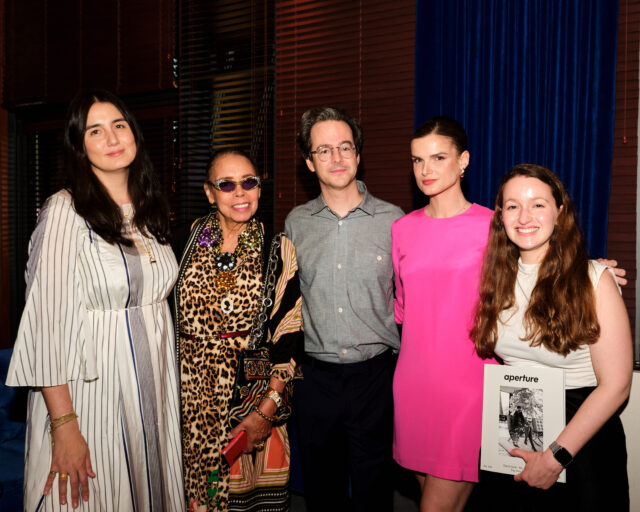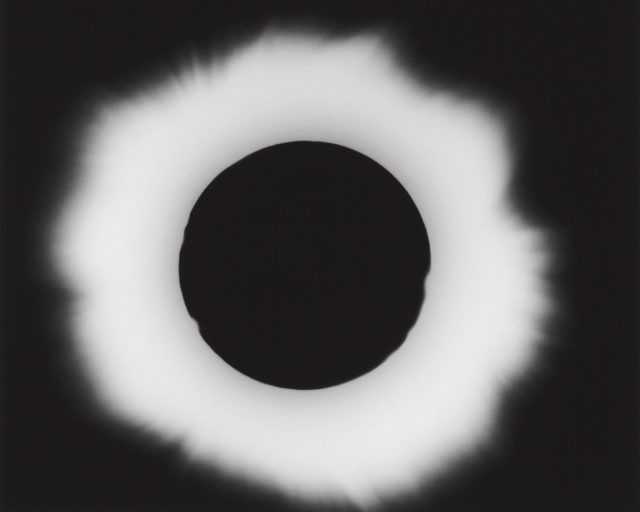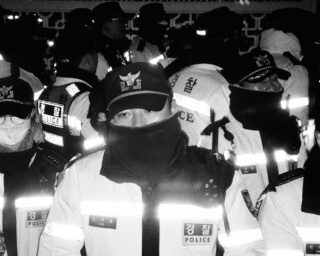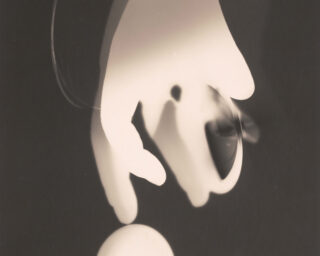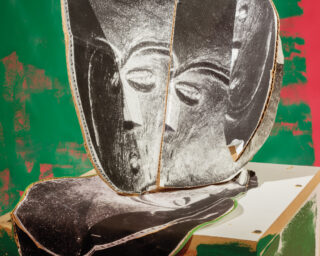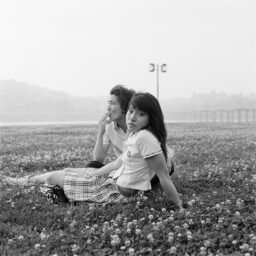Caio Reisewitz by Christopher Phillips
The following first appeared in Aperture magazine #215 Summer 2014. Subscribe here to read it first, in print or online.
Since returning to São Paulo in 1997 after studies in Germany, Caio Reisewitz has won an international reputation as one of Brazil’s most significant photographers. His admiration for members of the Düsseldorf School such as Thomas Struth, Candida Höfer, and Andreas Gursky is evident in the meticulous accuracy of his monumental color photographs, yet his concentration on the landscape and architecture of Brazil lends his work a distinctive and immediately recognizable character. Reisewitz’s images offer a sustained reflection on the struggle between primeval nature and the voracious human appetite to exploit it that has marked Brazil’s history since colonial times. The title he chose for his presentation in the Brazilian pavilion at the 2005 Venice Biennale, “Threatened Utopia,” signals the key preoccupation of his work.
The dense rainforest settings of many of Reisewitz’s photographs have led some viewers to assume that he specializes in scenes from the Amazon region. In fact, most of his landscape photographs are made within a few hundred miles of São Paulo, a silver-white skyscraper city surrounded by an immense, verdant tropical forest. Reisewitz regards the still-extensive remnants of the Mata Atlântica (Atlantic Forest) that once filled Brazil’s east coast as a natural wonderland, and he marvels that it is virtually unknown to São Paulo’s twenty million urban dwellers. The relation of city and country-side in Brazil today could be described as one of close physical proximity and surprising psychological distance.
Often Reisewitz’s photographs recall the extraordinary abundance of Brazil’s natural environment and the history of its domestication for cropland, ranching, and mining. Boituva (2008) presents a close-up view of a patch of the famous red clay soil that eighteenth-century colonists discovered to be ideally suited for coffee cultivation. In Cubatão II (2003), we look down on a ribbonlike highway slicing through an otherwise pristine vista of mountain forests. Itaquaquecetuba (2004) shows a green hilltop set ablaze as part of a land-clearing operation. Such images register the current state of Brazil’s breakneck quest for economic development and pinpoint the global environmental dangers posed by the wholesale destruction of Brazil’s forests.

Caio Reisewitz, Itaquaquecetuba, 2004. © Caio Reisewitz and courtesy Luciana Brito Galeria, São Paulo

Caio Reisewitz, Diadema, 2004. © Caio Reisewitz and courtesy Luciana Brito Galeria, São Paulo
Reisewitz’s work has recently moved in surprising new directions, notably in a series of small, handmade photo collages that extend his exploration of the tension between the city and the countryside. Visually more playful than his view-camera photographs, these works sometimes contain lyrically curving cutouts that echo the exuberant visual rhythms found in Brazilian modernist art and architecture of the 1960s. These collage experiments have led Reisewitz to new ways of conceiving his view-camera photographs. His latest large-format works often employ a dense visual layering, as in Santuário San Pedro Claver III, Cartagena de Índias (San Pedro Claver III monastery, Cartagena) (2007), in which elusive architectural details can be glimpsed through a tangled skein of tree branches and plant forms.
The city in the forest, and the forest in the city—this is the metaphor that currently drives much of Reisewitz’s work. It underlies his photographs of Brazil’s iconic modernist residences, such as that of the 1928 Casa Modernista by émigré Russian architect Gregori Warchavchik, Casa Rua Santa Cruz (House on Santa Cruz Street) (2013), and of the 1951 Glass House by Lina Bo Bardi, both located in São Paulo. It is probably most evident, however, in his photograph Casa Canoas (Canoas House) (2013), which provides a fresh look at the legendary minimalist-style house that Brazilian architect Oscar Niemeyer built for himself in 1951 on the outskirts of Rio de Janeiro. As Reisewitz portrays it, the glass-walled house all but disappears amid the luxuriant vegetation that presses in on all sides. At the same time, the building’s elongated and sensuously curving white roof seems to reach out to embrace the forest. In images like this, Reisewitz holds onto the hope that nature and human culture may yet share common ground in Brazil.

Caio Reisewitz, Casa Canoas (Canoas House), 2013. © Caio Reisewitz and courtesy Luciana Brito Galeria, São Paulo
—
Christopher Phillips, a curator at the International Center of Photography in New York, organized the exhibition Caio Reisewitz, on view at ICP from May 16 to September 7, 2014.
A limited-edition print from this portfolio, Glass House II, Lina Bo Bardi, São Paulo, 2014, by Caio Reisewitz, is now available for purchase. Visit our print shop for more information.










